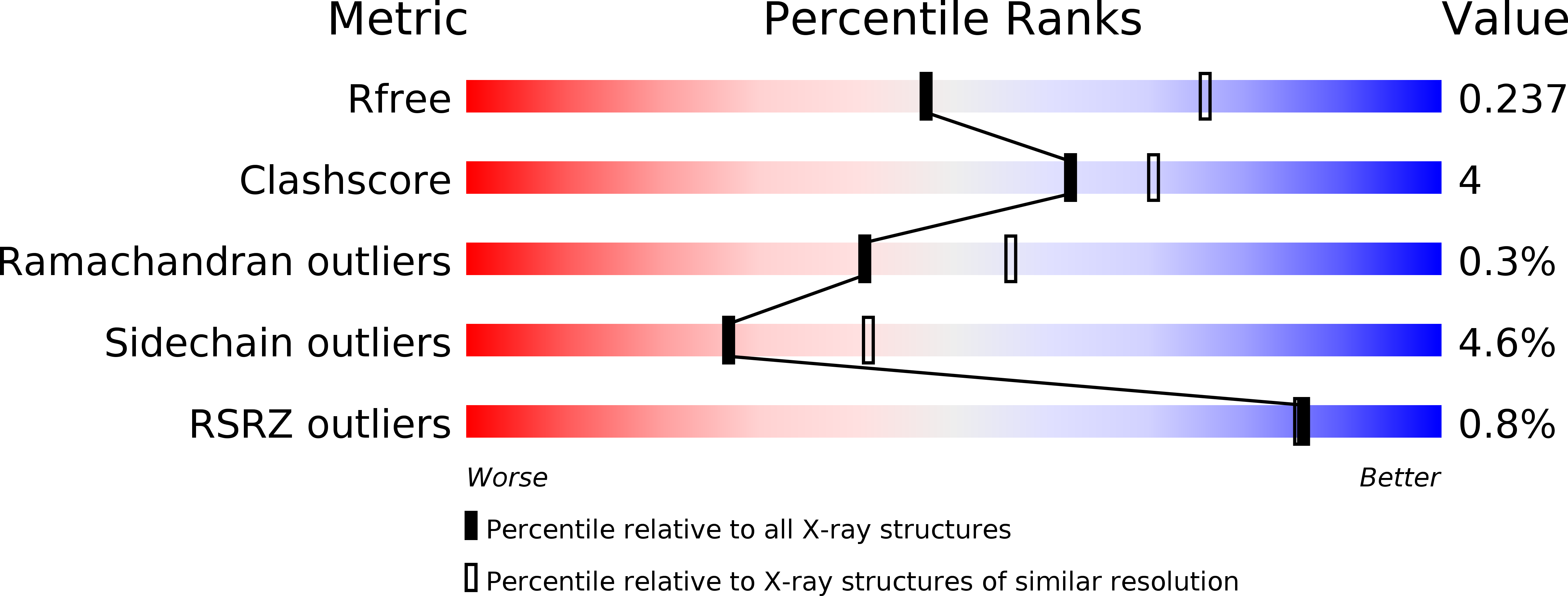
Deposition Date
2003-07-16
Release Date
2004-07-20
Last Version Date
2023-08-16
Method Details:
Experimental Method:
Resolution:
2.65 Å
R-Value Free:
0.26
R-Value Work:
0.21
R-Value Observed:
0.21
Space Group:
P 31 2 1


